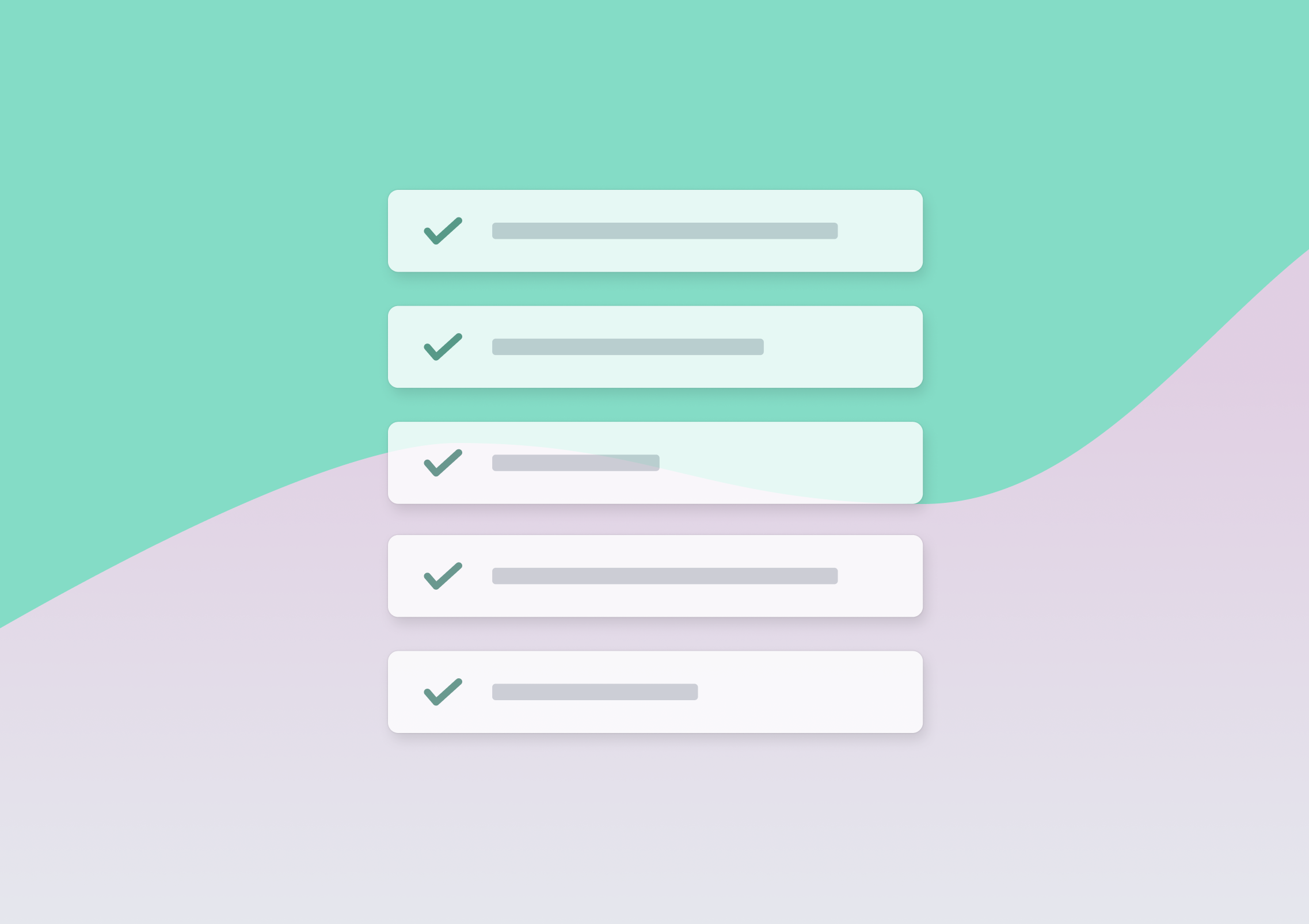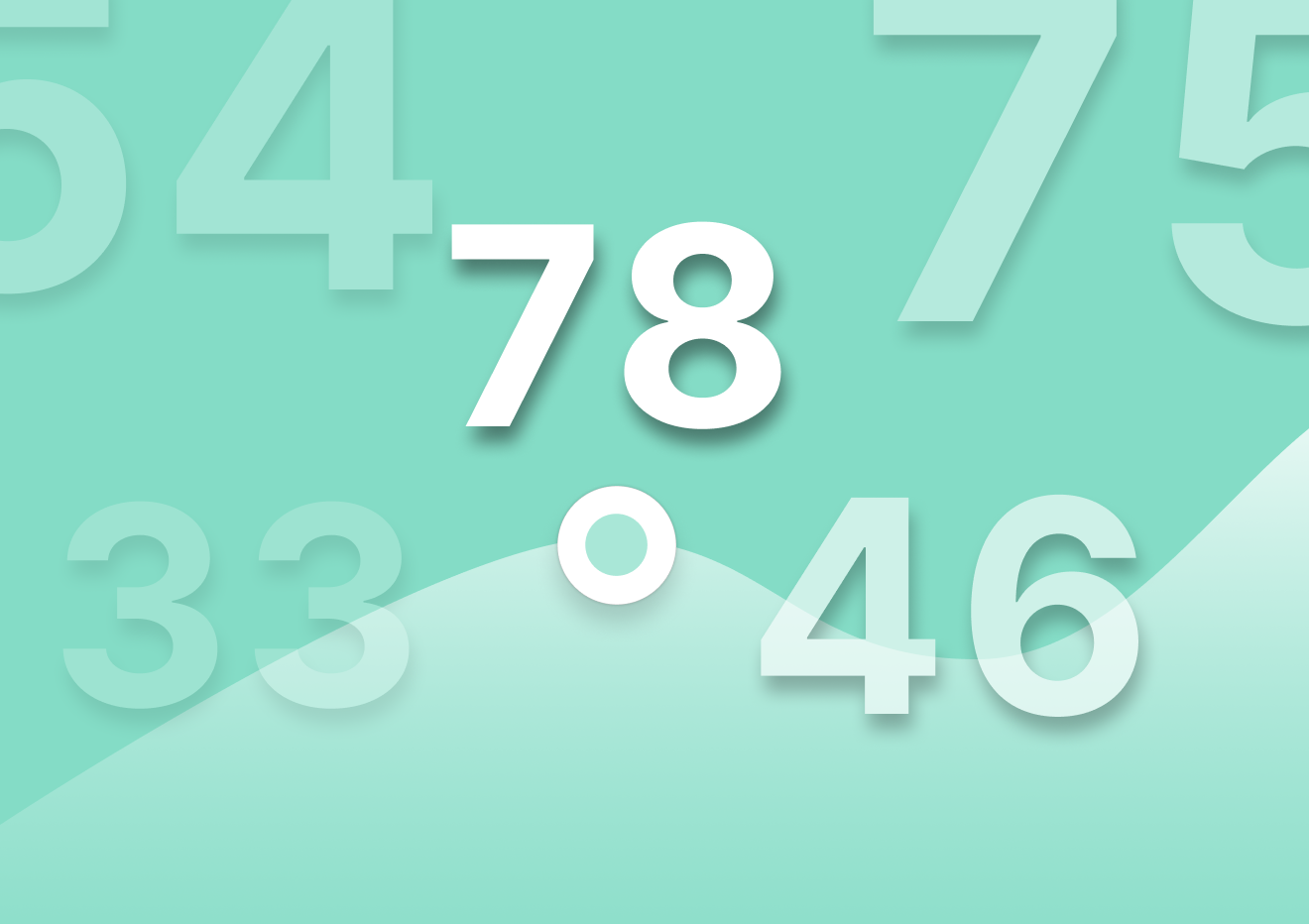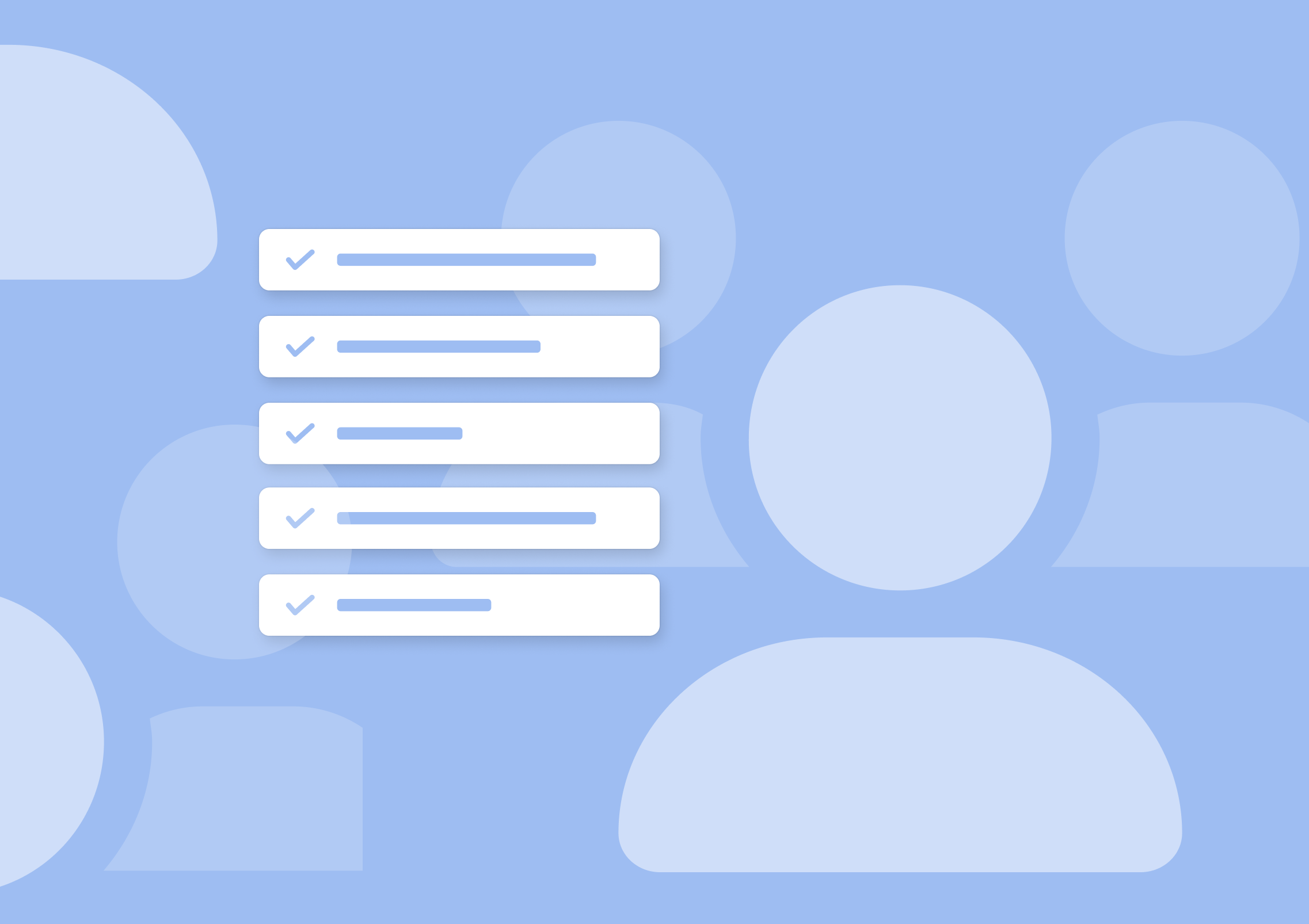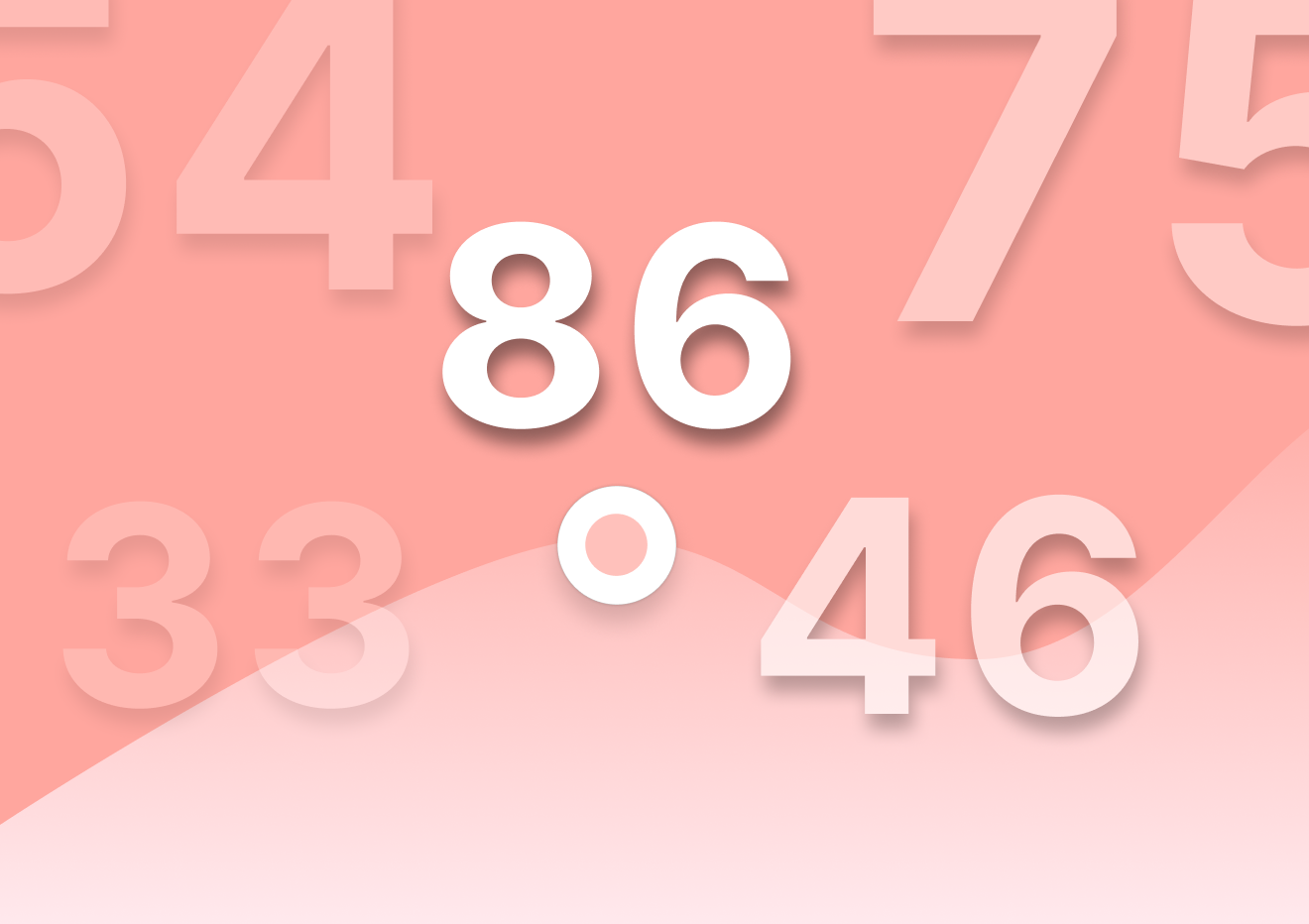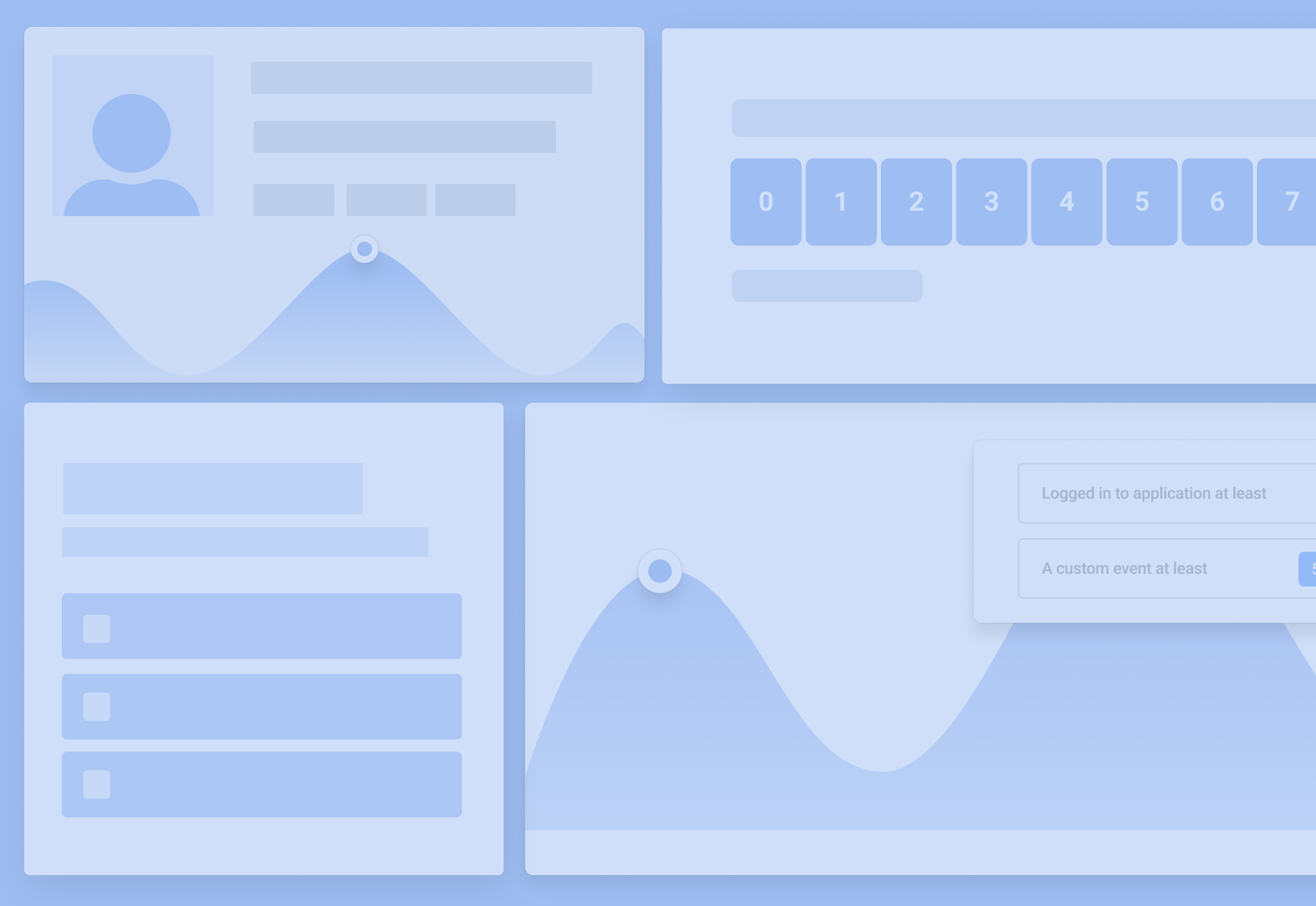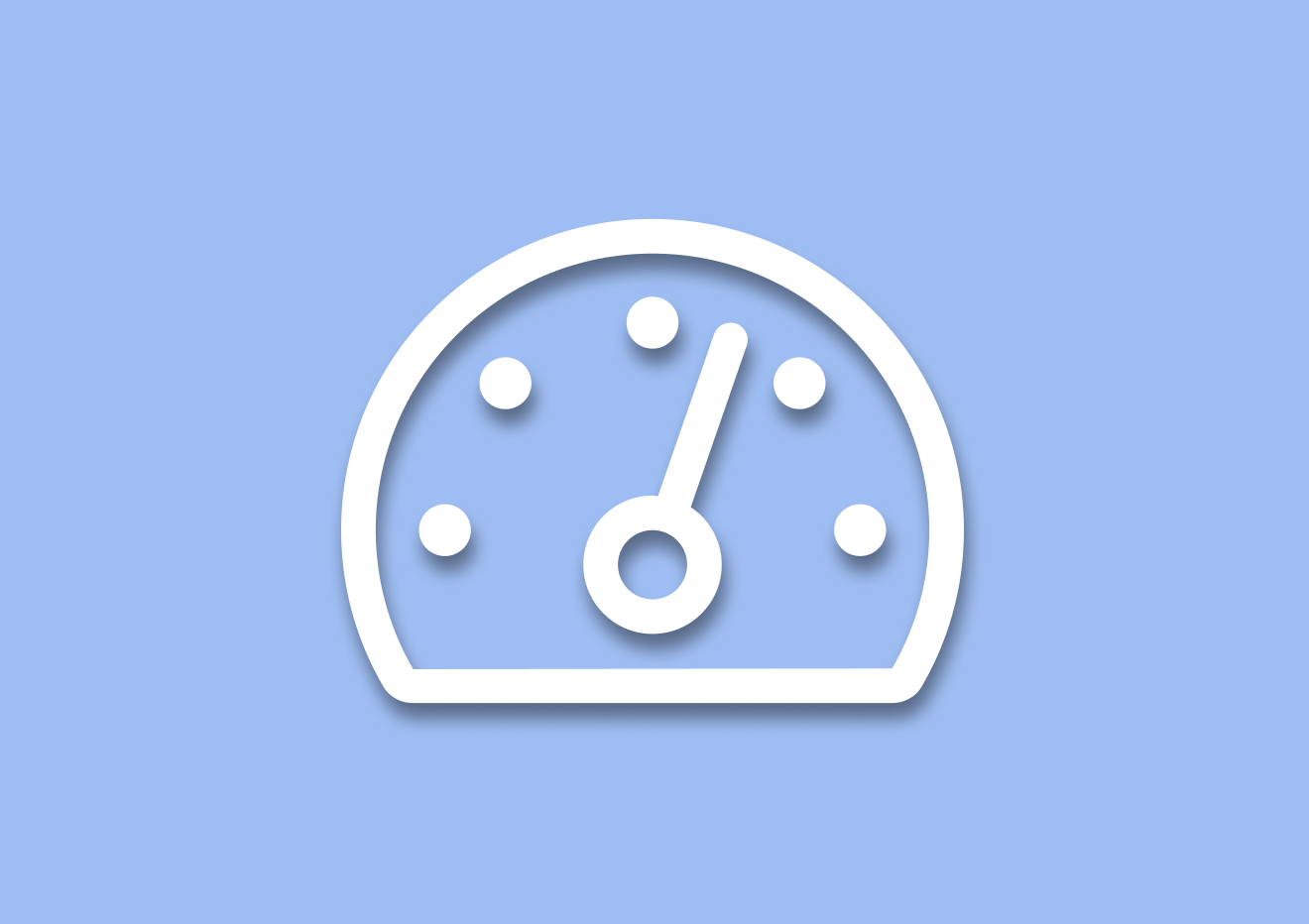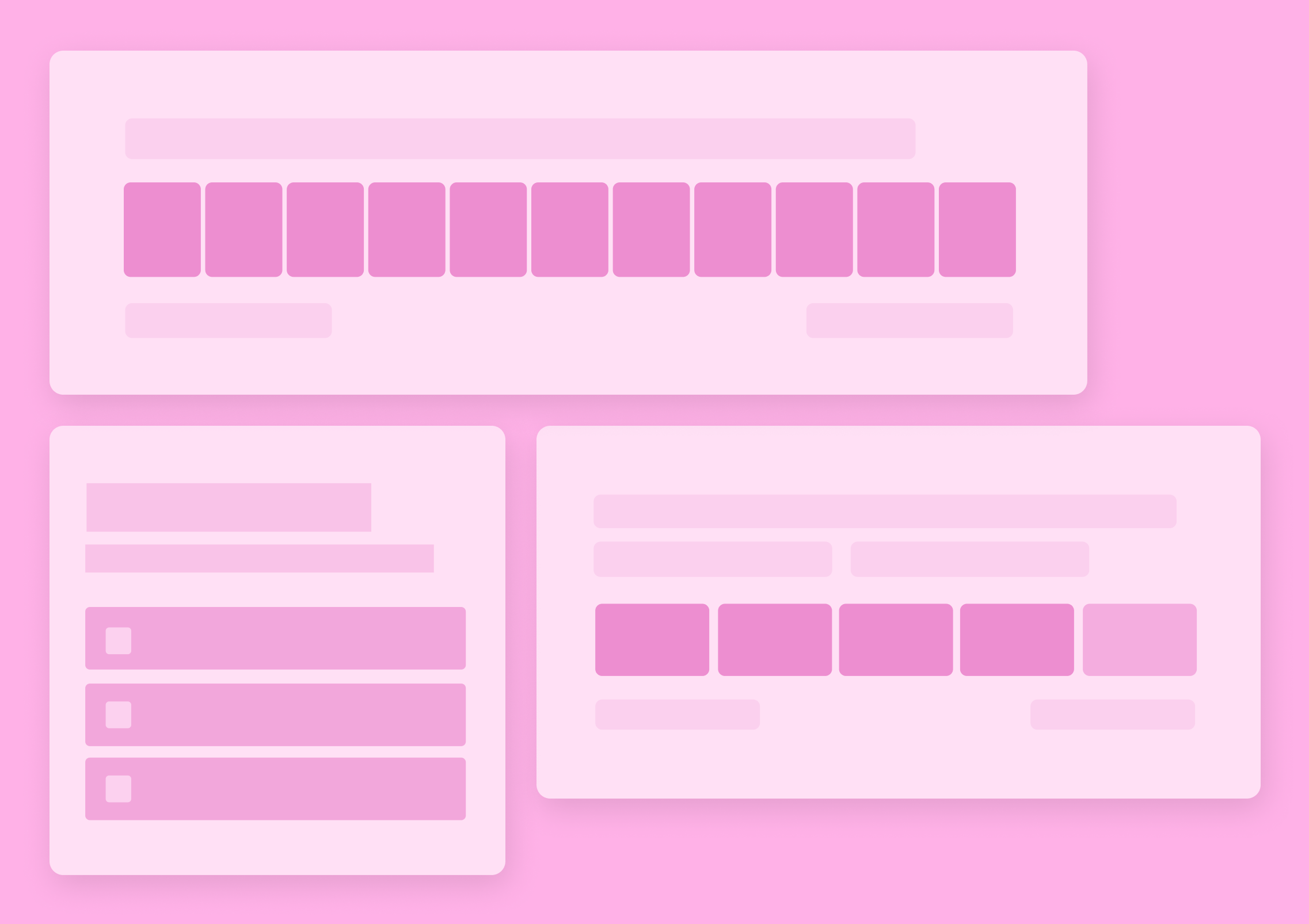Best Time to Send NPS Survey: Guide with Examples
TL;DR
- Send NPS surveys when customers are most engaged, not randomly, response and data quality improve sharply
- Relationship NPS suits ongoing engagement — try 2 weeks after signup, every 6–12 months, or after major features
- Transactional NPS works best right after key interactions — support tickets, purchases, onboarding completions
- Placement timing beats day-of-week, though Mondays work best for single-question surveys, and Thursdays for longer forms
Are you planning to run an NPS survey? Wondering what’s the best time to send it to collect the best insights?
FACT: The success of any survey largely depends on timing.
Send the survey at the wrong time and you might be facing ridiculously low open rates. Well, that and poor quality data such poorly timed survey might deliver, of course.
But do the opposite – send it when your customers are the most engaged with your brand or product – and you’ll collect absolutely incredible feedback that will help you drive the business forward.
And that’s what I intend to help you achieve with this post. Below, I’ll share with you everything I know about the best times to send NPS surveys. We’ll talk about how companies send NPS surveys, typically, and how they should be doing it to maximize results. We’ll even discuss the best days of the week to send survey emails (although I’ll also explain to you why this might not matter as much to your survey’s success.)
So, let’s do it.
How Do Companies Ask for Customer Feedback, Typically?
Well, this happens in either of two ways, actually:
Many companies would run NPS surveys at random.
In this case, a company decides to evaluate their customer loyalty and customer satisfaction, decides on using NPS for that, and simply sends emails with the survey invitation on a whim.
Now, let me be clear – This approach could work. It’s not ideal, of course, and I’ll explain why shortly. But it could work.
Some recipients will act on the survey, click the link, and share their responses. Many others, however, will find the survey as an interruption and ignore the request completely.
(Some will also roll their eyes at the interruption, but that’s a completely different story.)
The result – Low survey response rate. Plus, such a survey might deliver completely insufficient data to determine the company’s real NPS score because of the too low a sample size in the survey.
Many brands will also omit critical customer/brand interactions.
The other common method is not to send surveys after a person has had a critical interaction with a brand. Such interaction could be anything – signup, a sale, requesting help from customer support, and many others.
The thing is, such interactions are when customers feel the most engaged with the company or its products.
Not only the brand or the product are on top of the person’s mind, they also have a strong emotional response to it.
(Needless to say, that’s the time when customers are the most likely to respond to a survey and provide the most meaningful feedback.)
The result – Missing out on the above, the most meaningful feedback, driven by an emotional response.
How to Time NPS Surveys?
We’ve touched on some general points already. You know that you shouldn’t be sending NPS surveys randomly. You also know that the best time to send some surveys is after critical interactions with your brand.
But there is more. A lot more, actually. And this is also where things get a little tricky.
(Don’t worry, I’ll demystify it all for you below.)
In general, though, timing should depend on two factors:
- The type of NPS survey you run, and
- Target audience, or customer segment, that you want to survey.
(The above also reveals another critical factor of NPS success – That you’re far better off segmenting the audience, and sending multiple NPS surveys, depending on the segment, rather than surveying all customers at once.)
NPS Survey Type and Timing
There are two general types of NPS surveys – relationship NPS and transactional NPS.
And as a matter of fact, the only difference between them is timing. Apart from the different time to send them, these types are identical in terms of the survey format and NPS questions they ask.
Here’s more info on each type, and example scenarios on the best times to send those NPS surveys.
Relationship NPS
Definition: Relationship NPS
Relationship NPS: measures long-term loyalty by surveying after time-based milestones
Relational NPS focus on discovering overall customer attitudes towards your company. Their goal is to discover what customers feel about your brand, and its products or services. And of course, find out how likely are they to recommend it to their friends or family.
Because of that, relationship-focused NPS surveys are ideal for evaluating the overall state of your relationships with customers.
Relational NPS surveys help:
- Establish how customers perceive your company,
- Provide benchmarking data to evaluate other customer survey data
- Understand customers’ loyalty towards your brand.
For that reason, you should be sending those surveys only to customers who have been using your products or services for some time.
And here are some of the best times to send relational NPS surveys:
- A specific time period (i.e., a couple of days) after the person has started a product’s trial
- 2 weeks after the initial conversion
- Every 6-12 months
- A week after launching a significant pivot or a new feature
- 3-5 days after the product delivery (for physical products)
PRO TIP: Create dynamic audience segments to catch users who meet the segment’s criteria and run a continuous NPS survey to those users specifically.
In this example, I’ve created a segment in Refiner to catch users who signed up within the last 30 days.
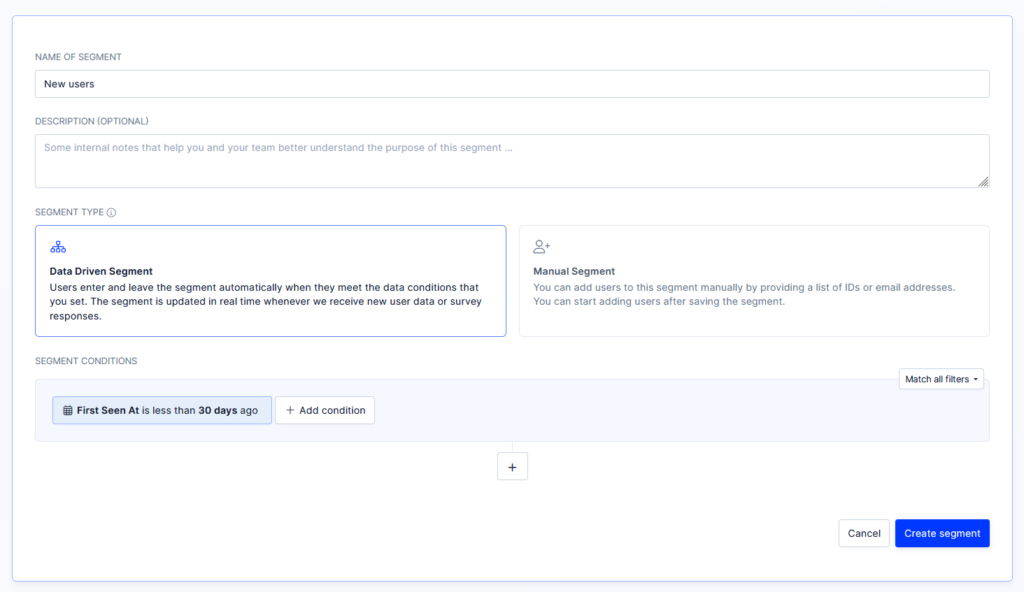
I can then create an NPS survey to target customers who have been testing my product withing the last month.
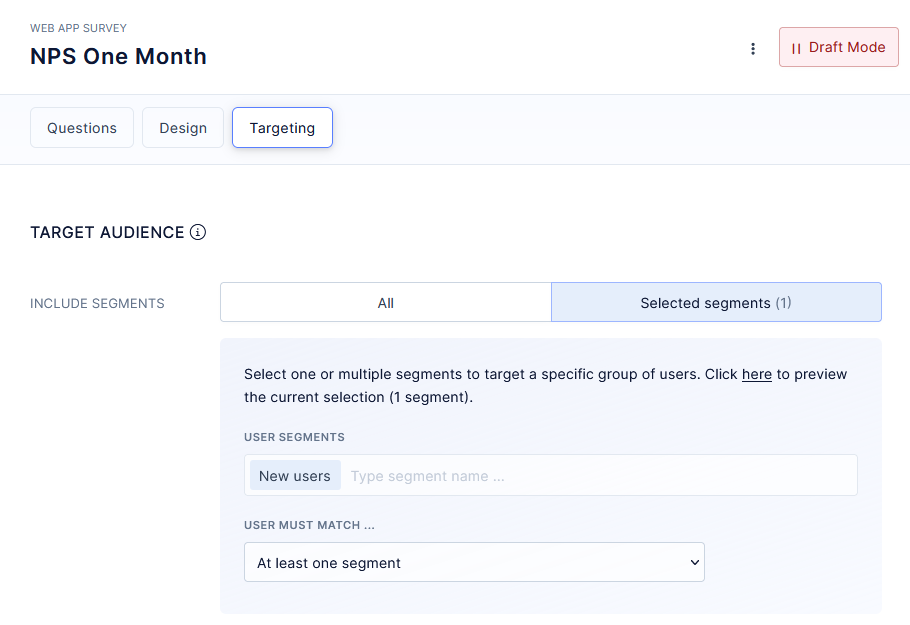
I can even specify when the system will trigger the survey. In this example, I’ve specified Refiner to wait ten days after the person’s enters the audience segment.
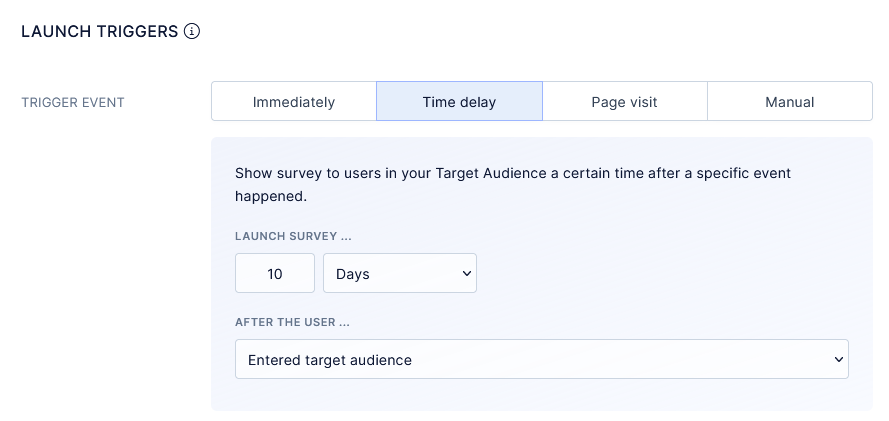
Transactional NPS surveys
Definition: Transactional NPS
Transactional NPS: measures satisfaction immediately after a specific interaction
In contrast to relational surveys, transactional NPS surveys aim to determine customer satisfaction after a specific event or interaction with a company, like customer service or support call, product installation, a purchase, etc.
Because of that, transactional surveys deliver insights about a particular issue or uncover customer attitudes towards a specific touchpoint.
As a result, transactional NPS surveys are ideal when you’re looking to:
- Research the strengths and weaknesses of customer touchpoints.
- Create customer satisfaction benchmarks for various customer-facing teams and company departments.
- Improve interactions throughout the entire customer journey.
Here are the ideal scenarios for sending transactional NPS surveys:
- Send the survey right after a customer has just interacted with your brand (i.e. engaged the customer support, etc.)
- Also send the survey to customers who have completed a purchase (ideally, after completing the free trial.)
Best Days to Send an NPS Survey
I promised you to touch on this topic as well. But before we go any further, I must tell you something – When it comes to NPS survey timing, the day of the week doesn’t matter as much as it might seem.
Why, because, as you have seen from the timing I outlined above, in NPS, a customer/brand interaction is a better indicator of when to send a survey than a day of the week. So is the person’s engagement with the product and product usage data.
Nonetheless, customers often ask me about the best day of the week to send a survey. So let me share a couple of insights with you.
- Various studies prove that Monday is the best day to send short B2B surveys. (Remember, NPS is just a single-question survey, with the option to add a follow-up question.)
- For longer surveys, Thursday seems to be rocking both, open rates and responses.
- When it comes to the time of the day, low peak times usually work best. That’s low peak times during the workday, though. Surveys sent on morning or evenings usually don’t generate significantly higher open rates.
And there you have it…
All the information to help you decide when to send your NPS survey.
What’s left is to get started creating your survey.
Looking for the best way to send your NPS surveys? Check out Refiner, the no.1 NPS survey software on the market. Free trial available.
NPS Timing and Frequency – FAQ
Two weeks after signup, a week after a major feature hits users, or every 6–12 months give a good sense of loyalty swings without survey fatigue.
Right after key events like purchase, support interactions, or trial completions get the freshest, most relevant feedback.
Not as much as contextual timing, but send a one-question survey on Monday to capture engagement, use Thursdays for lengthier surveys if you must.
Use both, but keep relationship sends infrequent enough not to annoy, and transactional ones only after truly meaningful interactions.
Absolutely, segmentation avoids skewed feedback, keeps respondents relevant and actionable.

